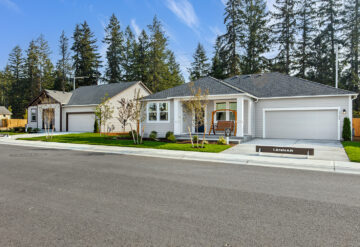Millennials’ growing desire to live near a city’s top theaters, music venues, bars and gyms are the source of the latest urban revival trends, according to a recent analysis by economics scholars from UC-Berkeley and the University of Pennsylvania. Here’s the story from Eric Jaffe of CityLab.
Something strange happened in U.S. cities circa 2000: people started to move downtown. Not all people. If you look at the top 100 metro areas between 2000 and 2010, only two downtowns grew faster than their outlying suburbs in terms of total population. Two. But among young college graduates – a key indicator of an area’s growth potential, in the eyes of urban economists – moving downtown became more the rule than the exception.
From 2000 to 2010, more college-educated professionals age 25 to 34 moved downtown than to the suburbs in 39 of the 50 largest U.S. metros. For 35 to 44 year olds it was 28 of 50, and nine of the top 10. This revival was true in the places you might expect, like New York City or San Francisco, and in places you might not, like Cleveland. It was true despite historical trend lines showing that, for the better part of a century, the wealthy typically moved one way when it came to cities: out of them.
“This is a huge reversal from decades of suburbanization of college graduates,” says urban economics scholar Victor Couture of UC-Berkeley. “Most large American cities experienced something this rebound between 2000 to 2010. Over the last decade, broadly speaking.”
Couture and Jessie Handbury of the University of Pennsylvania think they’ve settled on an explanation in a new working paper that tracks America’s urban revival as meticulously as any analysis to date. And it’s not one of the usual suspects.
New living habits of Millennials and Baby Boomers, delays in starting a family, a tougher home-buying market, a hatred of long commutes – those social factors have all altered cities in recent years. But Couture and Handbury pin the return of downtown on a new fondness for service amenities: music venues, theaters, bars, gyms, and the like. Not the growth of these things but a fresh taste for living near them, a broad cultural shift that could make urban revival more durable.




